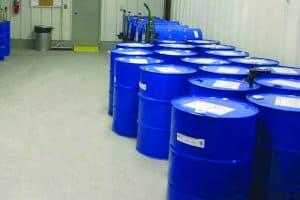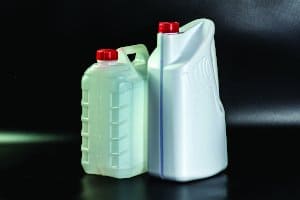Lube-Tips
 Pre-Flush for Better Oil Samples
Pre-Flush for Better Oil Samples
It is important to recognize that the amount of tubing, the size of the sample port and the volume of static oil in relation to the location of the sample port can all disturb the overall quality of the sample. For an effective, data-rich sample, appropriate pre-sample flushing volumes should be included in sampling procedures and should be specific for each individual sample port. The industry rule of thumb is to pre-flush six to 10 times the total volume of static oil in a sample tube, port, port adapter and any dead legs of pipe in the systems upstream of the sample port location.
 Upgrade to a High-Efficiency Filter
Upgrade to a High-Efficiency Filter
One of the biggest culprits for letting dirt into hydraulic and oil reservoirs is the air breather. Many systems come with a standard paper media breather with a nominal rating of about 40 microns. This allows the smaller, more destructive particles to get into the system very easily. Upgrading a standard breather to a high-efficiency filter is easily done using commercial bayonet adapters and quality synthetic hydraulic filters.
 Handle Oil Containers with Care
Handle Oil Containers with Care
Avoid damage to drums and other large containers during handling. Negligent handling can cause leakage or ingression of dirt. Each container used for in-plant lubricants should be used for only one oil, clearly marked for it and not substituted for another container. It should also be kept clean and sealed to keep out dirt. Never mix lubricants.
 Protect Metals with Corrosion Inhibitors
Protect Metals with Corrosion Inhibitors
Corrosion inhibitors are additives that suppress oxidation and prevent the formation of acids. These inhibitors form a protective film on metal surfaces and are used primarily in internal combustion engines to protect alloy bearings and other metals from corrosion.
